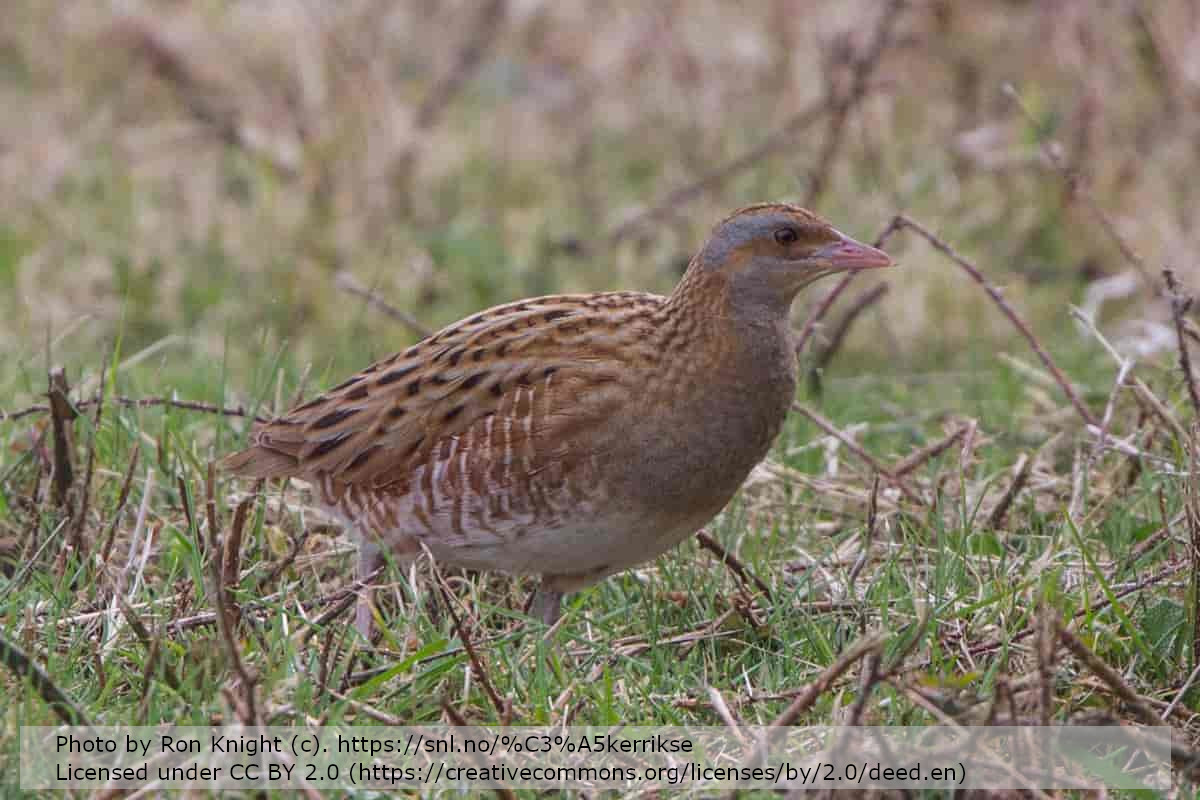Finns det en självbärande kornknarrpopulation Crex crex på Öland?: biotoppreferens i relation till grässlåttern
DOI:
https://doi.org/10.34080/os.v8.22940Nyckelord:
populationsstudier, häckningsbiologi, häckningsframgång, lantbruk, hot, antropogena effekterAbstract
Corncrake Crex crex numbers have declined on Öland, southeastern Sweden from 239 singing males in 1972—75 to 90 singing males in 1997. During the same period, the median date for the harvesting of silage and hay advanced about two weeks from late to early June. A census conducted in 1997 revealed that 86% of Corncrake males used silage or hay fields as calling sites before harvest. Alternative habitats after mowing were set-aside fields with Phleum pratense, meadows dominated by grass, and on southern Öland vegetation with herbs such as Anthriscus sylvestris, Urtica dioica and Filipendula ulmaria. Between the early 1970s and 1997, the number of singing males had decreased in almost all parishes that previously held large number of Corncrakes. The only exception was Löt where 24 males were registered in late June 1997 (26 in the early 1970s). This area probably attracted birds that had failed elsewhere. Later mowing at Löt in 1997 allowed survival to hatching of a small proportion of first broods in silage fields . However, successful reproduction in silage or hay fields of repeat and replacement broods was not likely as all fields were mown before 20 July. This study indicates that the breeding success of Corncrakes on Öland is below what is needed for a viable population.
Nedladdningar

Downloads
Publicerad
Referera så här
Nummer
Sektion
Licens
Författaren/författarna innehar copyright för varje enskilt bidrag, men samtliga bidrag är publicerade under en Creative Commons-licens, så att vem som helst kan dela och återanvända bidraget förutsatt att copyright-innehavaren erkänns.







